Decreased insect collecting by amateur collectors could impact research
Collaboration between amateur butterfly collectors and entomology researchers has never been so critical to ensuring that critically important large-scale contemporary and future ecological, conservation, and evolutionary hypotheses concerning insects can be tested.
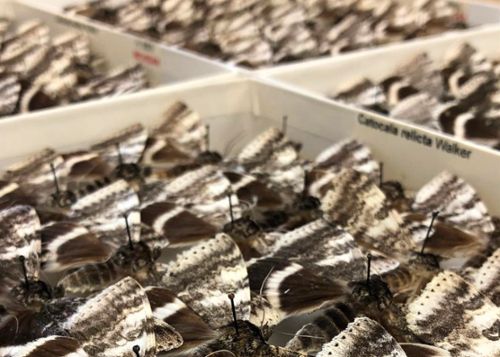
Noting that many insect collections, particularly of butterflies and moths, come from amateur collectors, Anthony Cognato, professor in the Michigan State University Department of Entomology and collection director of the A. J. Cook Arthropod Research Collection at MSU; and master’s student Erica Fischer, evaluated the overall impact of these existing specimen collections on past and current research.
Cognato and Fischer’s research was recently published in BioScience, where their findings noted an alarming decline in the acquisition of Lepidoptera specimens, which is problematic for research since such collections provide a record of changes in species range, seasonality, and the phenotypic plasticity of morphological traits. Reduced collecting of such specimens may compromise critically important testing of contemporary and future ecological, conservation and evolutionary hypotheses on a grand scale, particularly given documented declines in insect populations.
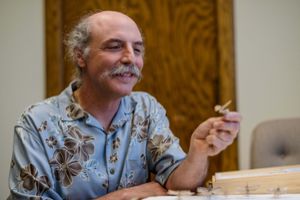
“In order to scientifically test a hypothesis, many specimens—sometimes hundreds—are needed,” Cognato said. “Fewer amateur collectors means fewer specimens available for research, which is concerning.”
Using data associated with more than 1.4 million Lepidoptera specimens from 75 U.S. insect collections downloaded from the Symbiota Collections of Arthropods Network database (SCAN), Cognato and Fischer narrowed their analysis to only lepidopteran specimens collected in the United States between 1800 and 2018.
“We used both specimen data and observation data from sites like iNaturalist to evaluate the decline in specimen collecting and the influence of nature observation as a pastime,” Fischer explained. “We found that although specimen acquisition has dropped, people are still obviously interested in observing and documenting nature. It’s just that instead of catching and preserving specimens, they’re taking photos.”
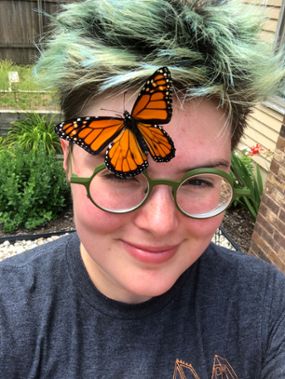
They found that amateurs collected significantly more of the U.S. Lepidoptera specimens in U.S. collections than did professionals. Collecting grew less than one percent (0.71 percent) annually between 1800 and the 1940s, followed by an 82.44 percent increase between 1945 and 1960, with a plateau reached in the 1970s before butterfly collection began to decline in the 1980s, followed by moths in the 1990s. Curiously, although collection has declined dramatically from 18,324 specimens in 1999 to 10,689 in 2009, observing Lepidoptera has increased more than thirty-fold from 1990 to 2010.
“People are innately interested in nature, but many do not have the scientific background or inclination to collect and curate Lepidoptera specimens,” Cognato noted, “however, they do have smart phones and it takes little effort to photograph a butterfly and submit the photo to species identification websites to satisfy their curiosity. These images provide useful occurrence data, although preserving the specimens would provide data for more scientific fields.”
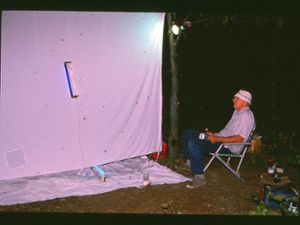
Many areas of research depend on actual specimens, which provide data about the entire organism—from spatiotemporal to morphological to DNA—and specimens can be particularly important to the identification of economically important species and evaluating the effects of climate change. Observational data and photos are mostly two-dimensional and cannot fully replace physical specimens, particularly for DNA data, internal anatomy, and biotic associations, such as pollen types.
“We worked with Lepidoptera because of a large databasing initiative at institutions across the country [Lepidoptera of North America Network/LepNet] that dramatically increased the availability of a significant chunk of data associated with specimens,” Fischer said. “However, we were limited by the databasing efforts of each institution; if no one was digitizing in a given state or region, then that data was inaccessible to us and largely inaccessible to other researchers.”
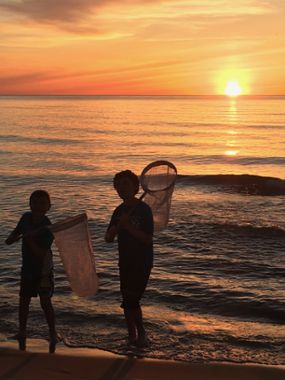
Cognato and Fischer recognize that to preserve these data, increased collecting, especially in threatened habitats, is urgent given the world’s current accelerated rate of biodiversity loss—and the ongoing risks of such losses because of climate change.
They concluded that the number of active amateur collectors and specimen acquisition rates need to return to pre-1990 levels, otherwise, investigations into numerous areas of critical concern to the biological sciences will be delayed, potentially at great cost to species diversity.
New collaborations between amateur observers and scientists could potentially reverse the decline in specimen collecting. Encouraging the acquisition and preservation of butterfly and moth specimens among amateurs would help ensure sufficient specimen-based data for future researchers to continue and expand their research.
“Collections are living resources, and like a library that holds old and new books, it is necessary to grow insect collections with new specimens, which provide data for current and future research,” Cognato said. “Promotion of amateur collecting and collaboration of nature observers with professional scientists is key to a more complete understanding of insect diversity, ecology and biology in an ever-changing environment.”
Banner image: In a recent study published in BioScience, Anthony Cognato, professor in the Michigan State University Department of Entomology and collection director of the A. J. Cook Arthropod Research Collection at MSU; and master’s student Erica Fischer, evaluated the overall impact of these existing specimen collections on past and current research. Pictured above is a tray of moths from the southern United States housed in the A. J. Cook Arthropod Research Collection. Credit: A.J. Cook Research Collection